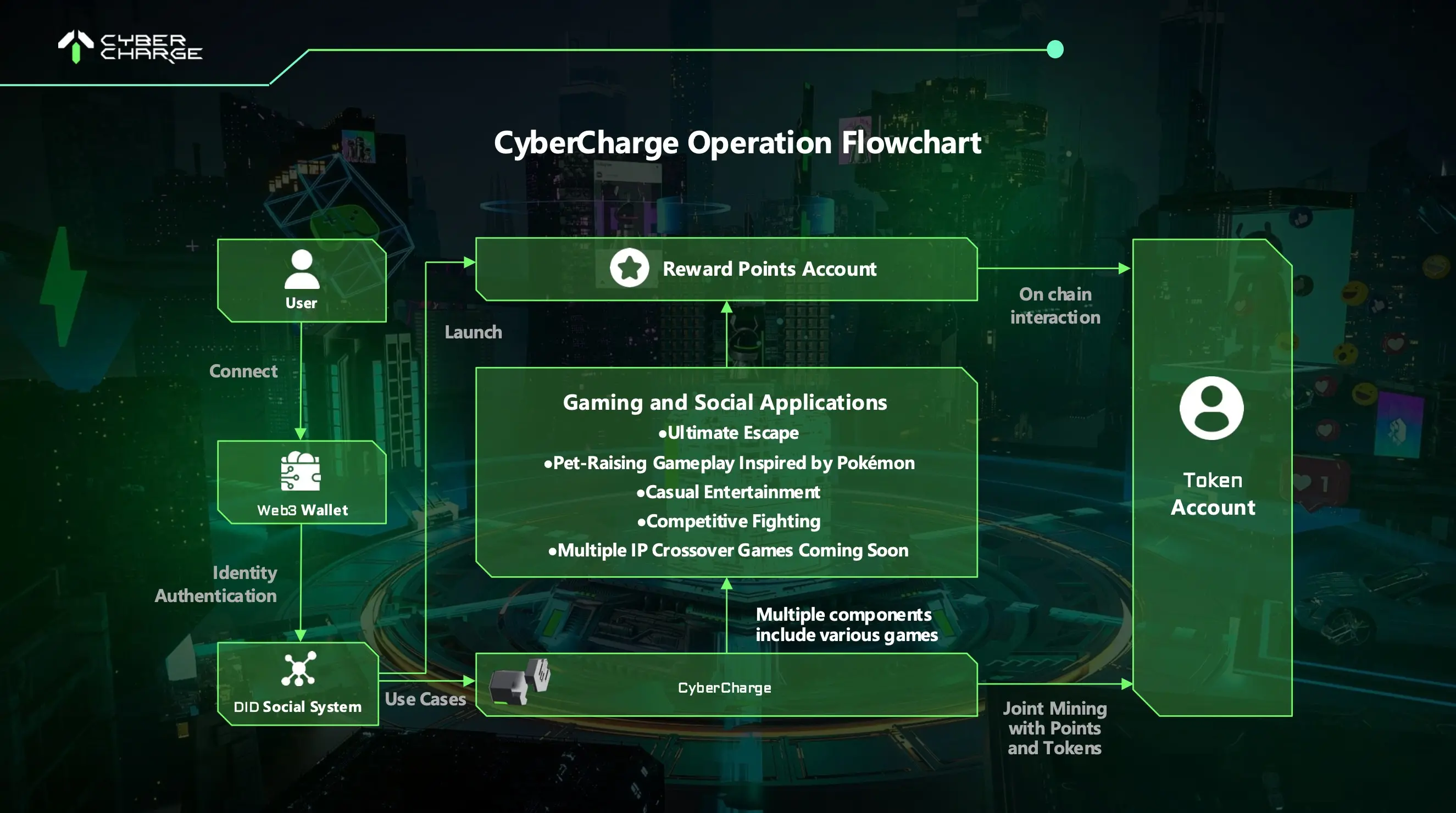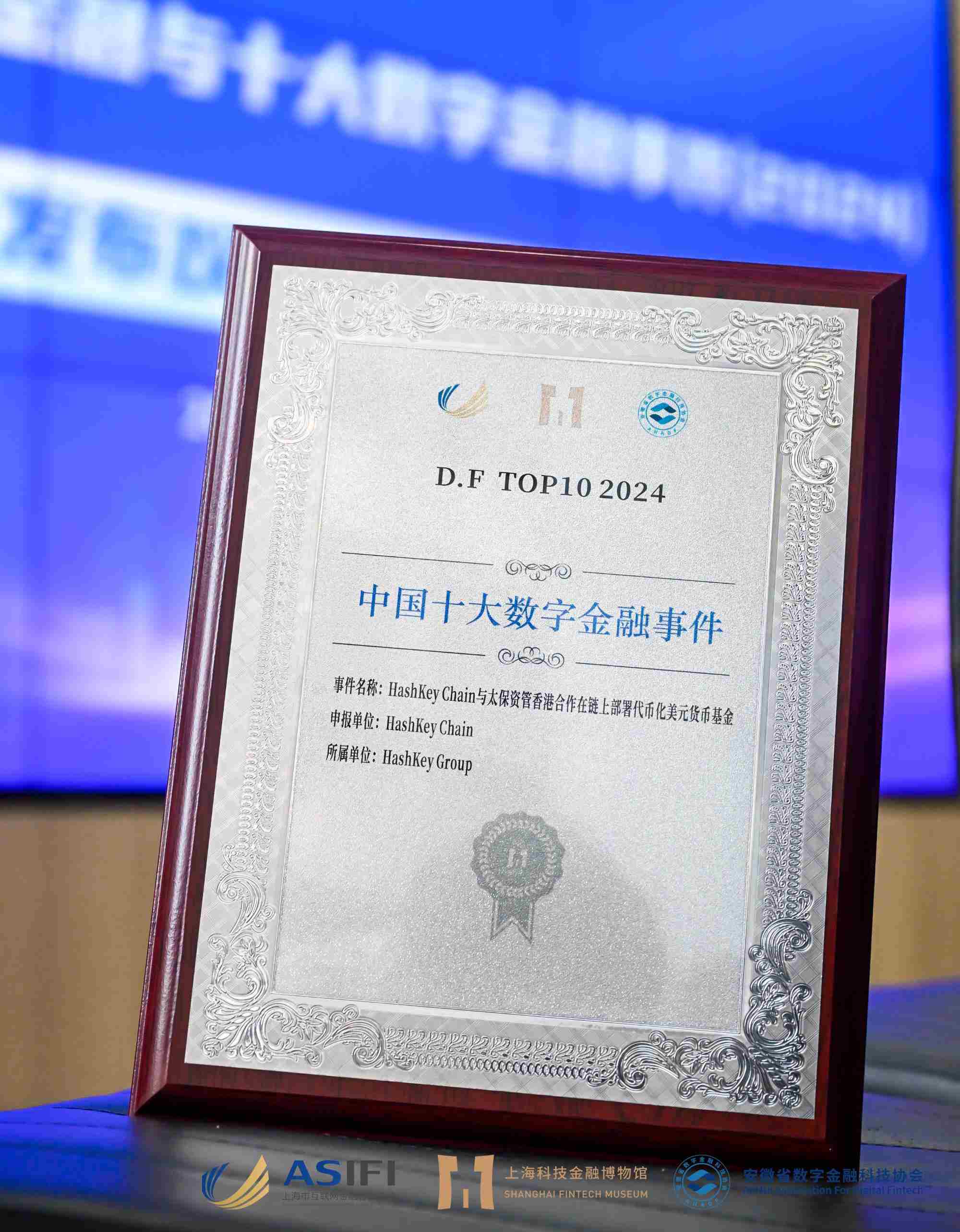DePIN Paradox: Rapid Growth, Slow Monetization
Comparison: Traditional Model vs. CyberCharge Mode
To better illustrate CyberCharge’s innovations, we compare it against traditional DePIN projects such as Helium and DIMO across several key dimensions:
- Hardware Deployment Cost: DIMO requires car owners to purchase an OBD terminal, with high end models priced around $266 and limited to compatible vehicles. In contrast, CyberCharge leverages a smart charger that resembles common electronic charging devices and is expected to cost significantly less. Moreover, since the device also serves a practical purpose—charging electronics—users experience less psychological resistance. Buying a CyberCharge device feels more like a consumer upgrade than a speculative mining investment.

- User Participation Threshold: DIMO targets only car owners and requires a certain level of familiarity with vehicle digital systems. In contrast, CyberCharge significantly lowers the barrier to entry: anyone with a mobile phone or other electronic device can become a node, turning everyday charging behavior into a source of rewards. The process is simple—plug and play with no technical expertise required. This is a zero barrier. A high-frequency participation model has the potential to reach a much broader user base.
- User Stickiness and Community Engagement: In most DePIN projects, participants tend to play a passive role after completing hardware deployment, with limited daily interaction. Community activity often hinges on fluctuations in token prices. In contrast, CyberCharge fosters a more engaged user base through interactive features such as virtual pets and mini games, encouraging users to stay within the ecosystem. Here, users are not just miners, they are also players and consumers. This layering of multiple identities fosters a stronger sense of belonging. A community built around high-frequency usage is more conducive to long-term retention and sustained value creation.

- Security and Data Integrity: CyberCharge relies on its built-in CyberChip to ensure that every “proof of charge” recorded on-chain corresponds to actual energy consumption at the hardware level. This hardware backed trust mechanism enhances the credibility and reliability of the network’s data.

The comparison above highlights how CyberCharge has introduced targeted optimizations and innovations across several key areas of the traditional DePIN model. It is important to recognize that CyberCharge is still in its early stages, and whether its model can scale successfully remains to be seen. Key questions lie ahead is how to efficiently bring smart chargers to everyday consumers, how to ensure the long-term sustainability of token incentives, and how to collaborate effectively with existing charging infrastructure and utility providers. Nevertheless, CyberCharge’s “low-barrier, high-frequency” approach to DePIN offers a refreshing perspective for the industry—and may well emerge as a breakthrough model for the DePIN 2.0.







